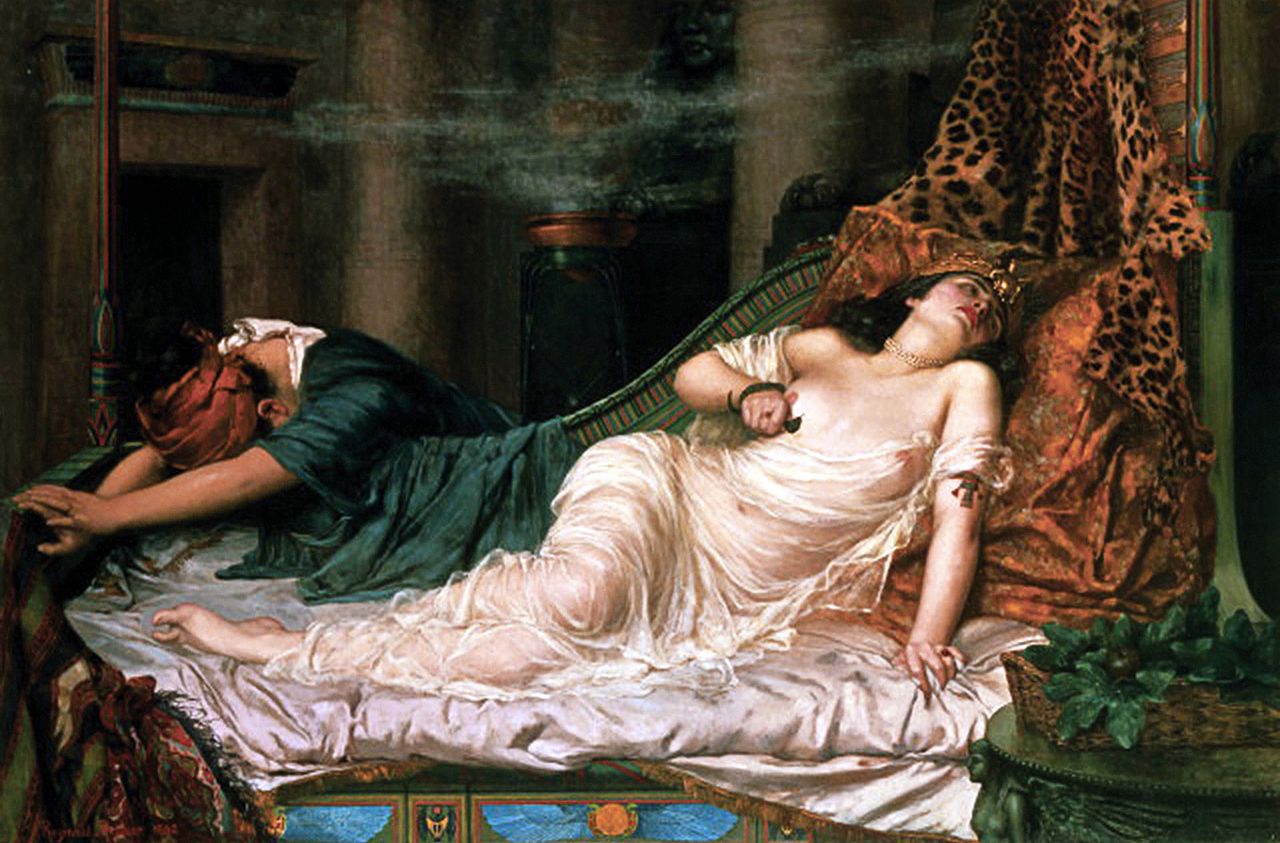
A
superb depiction of Cleopatra taking her own life, unlikely to have been by
the handling of a snake, but could well have been by an asp in a basket of
fruit. Most probably with a concoction of drugs to ease the pain.
On the subject of Cleopatra's rebirth, you may be wondering how a Clone from the DNA of the famous Queen of the
Nile, Royalty and the last Pharaoh of Ancient Egypt might come to terms with her former life, such as to be able to function in the 21st century. How might a digitally reincarnated person armed with the historical facts, overcome the tragic circumstances of her suicide, and would she be grateful for a second chance at a productive life in the here and now. Especially, as she made it clear that she wished to be brought back from the dead. Having cursed her Roman captors.
For many readers this might be viewed as a fascinating thought provoking experiment, blending historical speculation with futuristic possibilities. What are the complexities of "Cleopatra's rebirth" in a 21st-century context? Here we take a look at some of the issues.
1. THE SCIENTIFIC HURDLE OF CLONING
The first thing for the reborn queen to come to terms with is the miracle of modern science that made her reincarnation possible. Was it a miracle of divine intervention, or did the matter of DNA degradation, such as for the scientists to obtain a viable, complete DNA from her ancient remains, a matter of extremely challenging and meticulous preparations on the part of her former self. The replicated queen would come to learn that DNA degrades over time, and even if some fragments are recoverable, piecing together a full genome would have been a monumental task for Neuwelt Rittertum; the New World Knights.
Then there is the cloning process itself, fraught with obstacles. Even with intact DNA, cloning a human is ethically and scientifically challenging. Current cloning technology is far from perfect, and the process would raise profound ethical questions along the way, even with the express wishes of the departed queen, to be restored to life.
On the subject of Epigenetics, the environment plays a crucial role in gene expression. A clone of Cleopatra would have her DNA, but her epigenome (the way genes are expressed) would be influenced by the 21st-century environment, potentially leading to significant differences from the original person that was the last Pharaoh of Egypt. This may go to explain why the reborn Cleopatra appears so different to that John Storm might have expected, when it came to her rescue and subsequent protections, and even her education as she grapples with 21st century technology.
2. PSYCHOLOGICAL AND SOCIAL ADAPTATION
As to her Identity and Memory, a clone would not be Cleopatra herself complete, but rather a blank genetic copy. While she might possess some inherent predispositions, her personality and memories would develop through her own experiences. A "digitally reincarnated" version that is armed with implanted historical facts, would still need to process those facts, and distinguish between a memory that is her own, and a learned historical fact.
The transition from ancient Egypt to the 21st century would be an overwhelming cultural shock. Language, technology, social norms, and even basic concepts of reality would be radically different, if it is that memory implants are accessed, raising her historical awareness. Learning about her past, including her political struggles, the deaths of her loved ones, and her own suicide, could be deeply traumatic. Even with a "rational" understanding, emotional processing would be complex.
Then we have the "Curse" and Revenge motive for wishing to be brought back to life. The idea that she "cursed her
Roman captors" and wished to be reawakened suggests a desire for justice. In the 21st century, these desires might manifest in unexpected ways, potentially leading to conflict or maladjustment. On the other hand, time has erased her antagonists, presenting as relief, revenge having been satisfied at the passing of her
captors turning to dust. Perhaps leaving her hollow and without purpose to begin with.
Whether a clone or digital reincarnation could lead a "productive life" depends on their individual resilience, support system, and ability to adapt. The transition may require extensive psychological and social support. The fact that Cleopatra presents as well adjusted, accepting
that her new life is a new life, and seems to like what she sees and the good company of those aboard the Elizabeth Swann -
these are all helpful factors.
What
is not helpful at all, is DARPA seeking to abduct, torture and question her,
and then freeze her. This might make her aware that the present time is just
as politically volatile as in her days in ancient Egypt.
3. DIGITAL AND HISTORICAL DATA
Providing a digitally reincarnated Cleopatra VII
with all available historical data could be overwhelming as information overload. Distinguishing between reliable sources and historical biases would be a crucial part of the memory uploads, that in this case would only be accessed on demand.
Even so, with a detached, academic understanding, reliving historical events through digital simulations or detailed accounts could be emotionally taxing. The key to a productive life would be finding meaning and purpose in her present 21st century, separate from her historical identity. This might involve developing new interests, forming relationships, and contributing to society in a meaningful way.
Digital Reincarnation raises many ethical questions. Some might argue who owns the digital personality? What are the rights of a digital person? How can we prevent exploitation or manipulation? These and many more considerations follow the basic international laws of the
Universal Declaration Of Human
Rights. It is the cloned person themselves who own their persona, and being a human, no matter how they came to be born into the world. As soon as they breathe and lead an autonomous independent
life as an independent biological organism, their rights are assured, but not as a continuation of the rights of the dead person who gave them life.
More as a newborn, assuming the clone has attained the age of consent with
full legal rights. Otherwise, her guardians, legal parents (so to speak)
might fight on her behalf.
The notion of Cleopatra's rebirth is intriguing, the practical and ethical challenges are immense. The transition would be a complex interplay of genetic inheritance, environmental influences, psychological adaptation, and social integration. Whether she could overcome the trauma of her past and find a productive life in the present would depend on a multitude of factors, including her own resilience and the support she receives. In this context from John Storm, Dan Hawk, Hal, and perhaps Charley Temple.
Where Cleopatra is the subject of intense competition from the military, and where if the media knew about her rebirth, you can imagine what the media scrum to get pictures and her story might look like. As with any royal family, they are frequently thrust into the limelight, attaining unwanted attention and disturbing social
dissection.
Assuming Cleopatra
gets a lot of support and help interacting with the modern world, and her safety and privacy are protected and respected, indeed, her true identity masked from the world at large, especially the media. The burning question is how long might one expect her readjustment to take. Given that prisoners adapt quite quickly to being incarcerated, with the will to survive, or survival instincts kicking in. The one big hurdle we foresee, is that
John Storm is the spitting image of
Mark
Antony, and is in fact genetically related, even if only distantly. But would the cloned queen know what he looked like? We doubt it,
separated by some 2,000 years.
FACTORS INFLUENCING READJUSTMENT TIME
The crucial element you highlight. With significant support, guidance, and access to information and experts, the initial shock and learning curve could be managed more effectively. This would involve language acquisition, cultural immersion, and understanding modern technology and societal norms. Fortunately we live in the internet age, where Cleopatra might answer most questions about her former self more or less instantly. In addition, Hal AI, would be able to render assistance on any complex philosophical issues.
Psychological Resilience: Cleopatra, as a historical figure, was undoubtedly a strong and intelligent individual. However, the trauma of her death and the sheer magnitude of the temporal shift could still be significant. Her inherent resilience, coupled with professional psychological support, would be key.
Learning Capacity: While her historical knowledge is vast, the modern world operates on a completely different set of principles and technologies. Her ability to absorb and understand new information quickly will be vital.
In this case, Cleopatra was known to be a quick study, and very intelligent.
Not only that, but her master of 11 languages suggests that she is adaptable
at genius level.
Motivation and Will to Survive: As many anthropologists will argue,
the survival instinct is powerful. If she understands the opportunity she has been given and is motivated to live a productive life, this will significantly accelerate her adaptation.
Protection and Privacy: The security and privacy measures you describe are essential. Knowing her identity is protected and she is safe from unwanted media attention would allow her to focus on her personal adjustment without the added pressure of public scrutiny.
The "Prisoner Adaptation" Analogy: The comparison to prisoners adapting to incarceration has some merit. In both situations, there is a need to understand new rules, social dynamics, and ways of navigating a new environment for survival. However, the scale of the difference between ancient Egypt and the 21st century is arguably far greater than the differences within a modern prison system.
When Cleopatra was imprisoned in her mausoleum, she was still treated as
royalty. But she did not take to her freedoms being restricted, nor her fate
as a prize to be paraded through Rome. A number of prisoners when faced with
what appears to be a hopeless situation will contemplate suicide. Some will
actually follow through, even in modern prisons.
POTENTIAL TIMEFRAME FOR RE-ADJUSTMENT:
It's impossible to give a definitive timeframe, as individual adaptation varies greatly. However, we can break it down into bite size stages:
1. Initial Shock and Basic Adaptation (Months to a Year): This phase would involve learning basic modern language, understanding fundamental technologies (like smartphones and the internet), and grasping core societal norms. With intensive support, this could be relatively accelerated.
2. Cultural Immersion and Deeper Understanding (1-3 Years): This stage would involve a deeper understanding of 21st-century culture, values, and social structures. She would begin to form relationships and develop a sense of belonging. This is where the psychological processing of her past and present would be ongoing.
3. Integration and Finding Purpose (3+ Years): This is where she would ideally begin to integrate more fully into society, potentially pursuing education, work, or other interests. Finding a sense of purpose and meaning in her new life would be crucial for long-term well-being.
FACTORS THAT COULD SLOW READJUSTMENT:
Emotional Trauma: Processing the circumstances of her death and the vast changes in the world could lead to emotional distress and slow down progress.
This should be balanced against the gift of life.
Loss of Identity: While her identity is protected, the loss of her former status and the need to navigate a world where she is essentially a "new" person could be challenging.
Unforeseen Cultural Differences: Despite the best efforts to prepare her, unexpected cultural nuances and misunderstandings could arise.
The Weight of
History: The knowledge of her historical significance and the burden of her past could be overwhelming at times.
JOHN STORM AND MARK ANTONY
Now, let's address the intriguing element of John Storm and his resemblance to Mark Antony.
Cleopatra's Knowledge of Antony's Appearance: Cleopatra would have a very specific, intimate knowledge of Mark Antony's appearance, personality, and mannerisms. Their relationship was deeply personal.
But could that be implanted as uploads in her newly conditioned brain. Or,
are those memories stored in the brain, by a mechanism as yet to be
understood?
Genetic Relationship: The fact that John Storm is genetically related to Mark Antony, even distantly, increases the likelihood of a physical resemblance. Genetics often express themselves across generations.
The Impact of Seeing John Storm: If Cleopatra were to encounter John Storm, the visual impact could be profound and potentially destabilizing. It would be an uncanny experience, a direct link to her past in a tangible way.
When this happens in our story, she takes to the Commander like a duck to
water.
Potential Reactions: Her reaction could range from shock and confusion to a strong emotional response, perhaps even a sense of connection or a resurfacing of past memories and feelings. It could also trigger a sense of disorientation, blurring the lines between past and present.
For example when visiting the Museum of Antiquities in Cairo, and being
confronted with her own Mummy.
Masking the Identity: Given the need to protect her identity, any interaction with someone who bears a striking resemblance to Antony would need to be carefully managed and controlled to avoid raising suspicion or triggering unwanted attention.

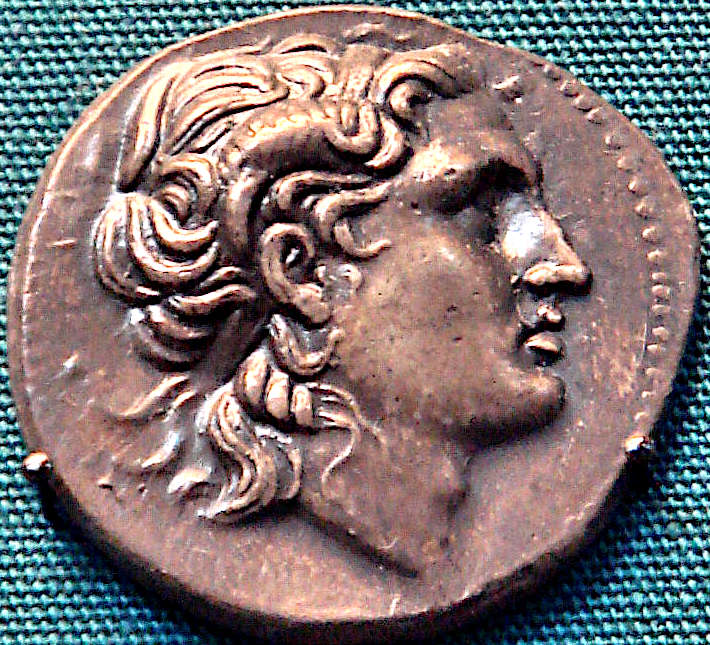
ADAPTATION CONCLUSION
Cleopatra's readjustment could be a long and complex process, likely taking several years of dedicated support and personal effort. The presence of someone resembling Mark Antony could be a significant emotional trigger and a potential challenge to her sense of reality and integration into the modern world. However, with the right support, a strong will to survive, and the protection of her identity, the possibility of a productive and meaningful life in the 21st century, as envisioned, is entirely feasible. It would be a remarkable journey of adaptation and self-discovery.
CLEOPATRA'S
FUNDAMENTAL AND BASIC HUMAN RIGHTS
Lastly, what of her human rights? Being of age and a clone, would she have the same human rights as a test tube baby? And if not why not?
This is a crucial and complex question that delves into the very definition and application of human rights in the context of advanced biotechnology. Let's break down the considerations regarding Cleopatra's clone and her human rights.
THE CORE QUESTION, DOES A CLONE HAVE HUMAN RIGHTS?
The general consensus in international human rights law and ethical discussions is that yes, a human clone would be entitled to the same fundamental human rights as any other human being. This is primarily because:
1 Biological Humanity: A clone would be a biological human being with the same inherent capacity for sentience, suffering, and the need for dignity and respect as any other person.
2 Non-Discrimination: Human rights principles universally prohibit discrimination based on origin, genetic makeup, or any other status. Denying rights based on being a clone would be a form of discrimination.
3 Right to Life and Dignity: Fundamental human rights, such as the right to life, the right to be free from torture, and the right to dignity, are inherent to all human beings, regardless of how they came into existence.
COMPARING TO A TEST TUBE BABY
The situation of a "test tube baby" (a child conceived through assisted reproductive technology like in vitro fertilization - IVF) provides a useful point of comparison as a similar biological basic for coming into the world.
Both a clone and a child born through IVF are the result of technological intervention in human reproduction. However, the fundamental biological basis – a human being with human DNA – remains the same. There is no ethical or legal justification to deny a child born through IVF the same human rights as a naturally conceived child. Similarly, there is no inherent reason to deny a human clone the same rights. There is no justifiable distinction in rights.
WHY THE POTENTIAL FOR CONFUSION AND DEBATE?
Despite the general consensus, the concept of human cloning raises unique ethical and societal concerns that can lead to debate and potential challenges in fully recognizing and protecting the rights of a
clone.
Concerns about the Cloning Process: The process of human cloning itself is ethically controversial in many societies. Concerns about the potential for exploitation, the safety of the procedure, and the impact on the cloned individual are often raised. However, these concerns are about the process, not the rights of the resulting individual once they exist.
Identity and Individuality: Some might question the individuality of a clone, arguing they are merely a copy. However, even identical twins, who share the same genetic code, are recognized as distinct individuals with their own rights and experiences. A clone, growing up in a different environment and time, would undoubtedly develop a unique personality and life experience.
Potential for Exploitation: There are legitimate concerns about the potential for cloning to be used for unethical purposes, such as creating individuals for specific purposes or denying them their autonomy. This highlights the need for robust legal and ethical frameworks to protect the rights of any cloned individual.
Novelty and Lack of Precedent: As human cloning is not yet a widespread reality, there is less legal precedent and societal understanding of the specific implications for human rights.
APPLYING THIS TO CLEOPATRA'S CLONE
In the case of Cleopatra's clone, the same principles would apply. Being "of age" (presumably meaning she has reached adulthood) would mean she has the full capacity to exercise her human rights.
Her status as a clone would not diminish her inherent human rights. She would be entitled to the right to life, liberty, security of person, freedom from torture, and all other fundamental rights enshrined in international human rights instruments.
The
attempt by the US Military to take away her human rights and imprison her at
their facility at Guantánamo Bay is thus both unlawful and illegal, as well
John Storm and Hal would be aware. The
successful rescue attempt is simple restorative justice.
POTENTIAL CHALLENGES IN PRACTICE
While the legal framework should protect her rights, there could be practical
challenges, such as Societal Prejudice. She might face societal prejudice or discrimination due to her unique origin.
While general human rights principles apply, specific legal frameworks might need to be adapted to address the unique circumstances of a cloned individual.
HUMAN
RIGHTS SUMMARY
Legally and ethically, Cleopatra's clone would be considered a human being with the same fundamental human rights as any other person, including a test tube baby. The fact of her being a clone does not diminish her inherent dignity or her entitlement to these rights. While there may be societal and practical challenges in ensuring these rights are fully respected, the core principle remains: human rights are universal and apply to all human beings, regardless of their origin.
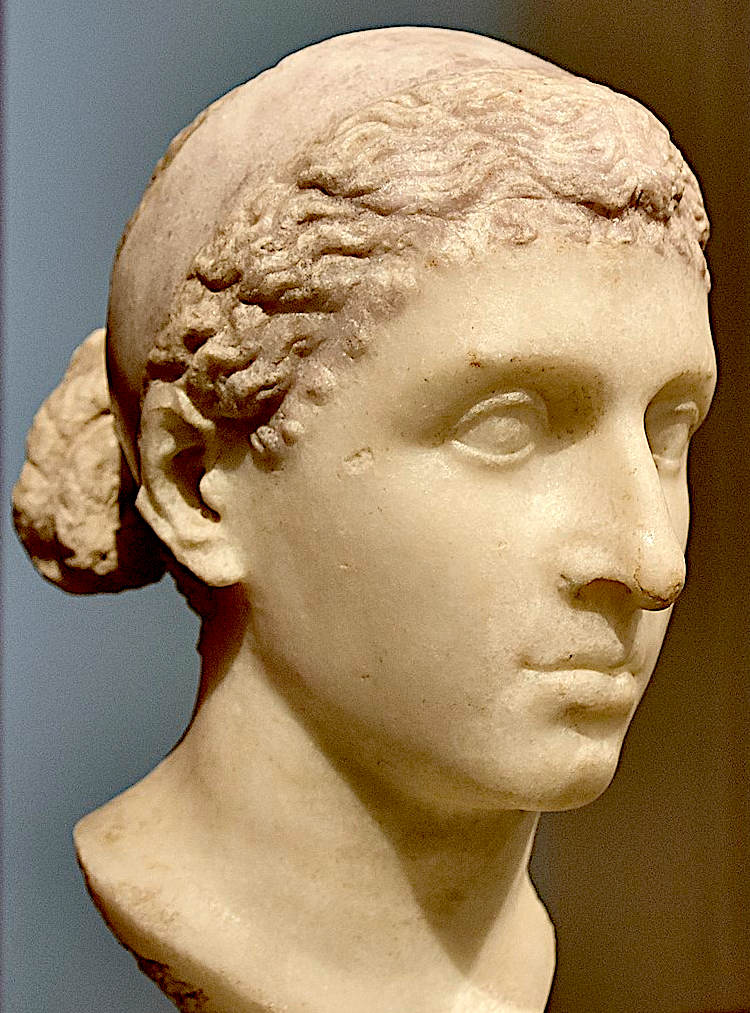
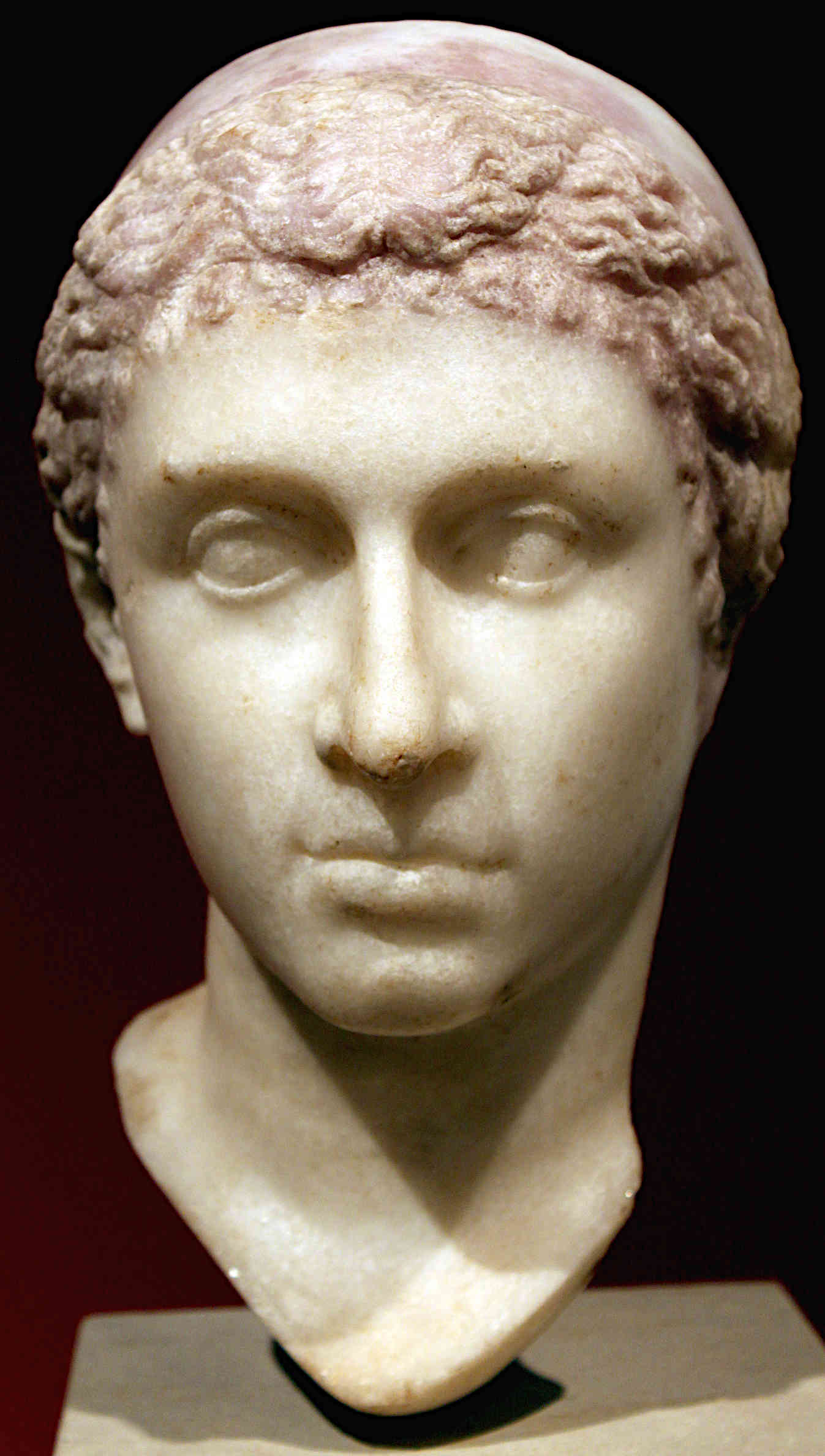
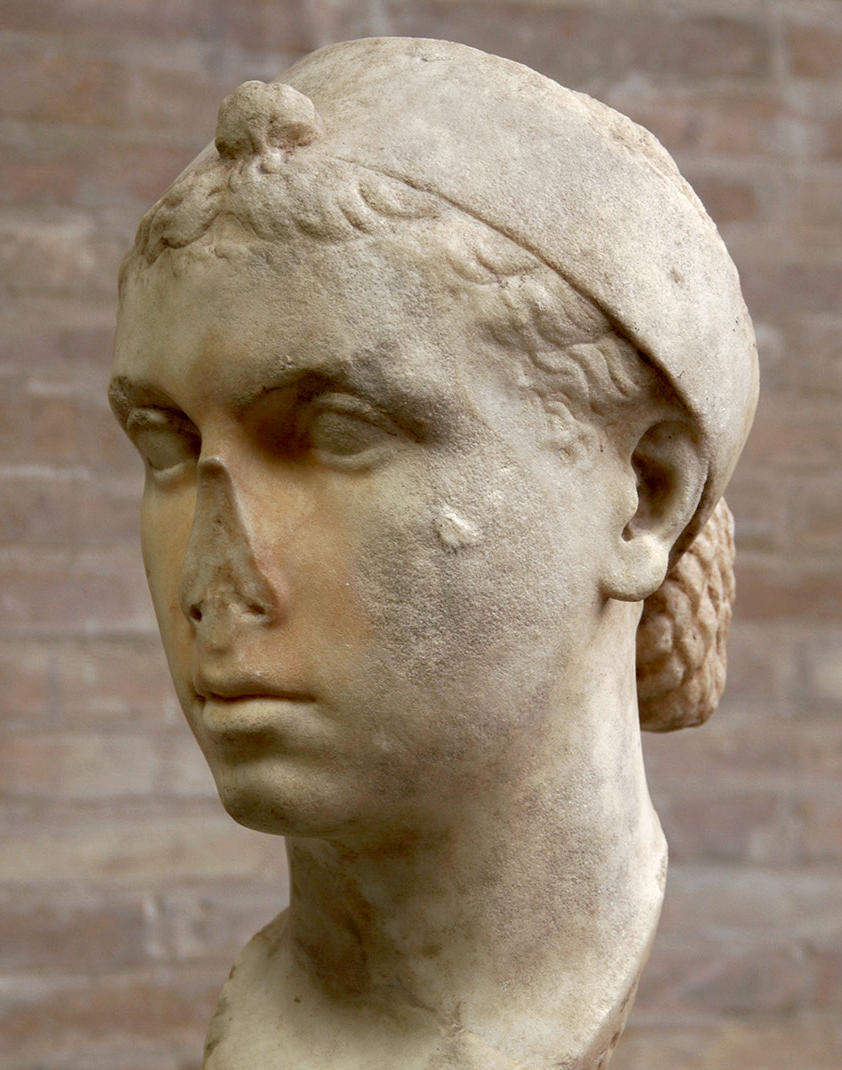
In Hollywood movies,
Cleopatra
has been played by an array of stunning actresses.
Elizabeth Taylor, who was put under the “gaze” as the
“Queen of the
Nile” in the best-known film version of the ruler’s story to date, Cleopatra
(1963), is a mainstay on short lists of moviedom’s most attractive leading ladies. One of cinema’s first sex symbols, Theda Bara, invested her Cleopatra with dark sensuality in the lost silent classic
Cleopatra (1917). Before the Production Code reined in sexual suggestiveness, a scantily clad Claudette Colbert caused a sensation in
Cecil B. DeMille’s epic Cleopatra (1934), and Vivian Leigh was the beguiling queen in
Caesar and Cleopatra (1945).
Antony and
Cleopatra, William Shakespeare
|




